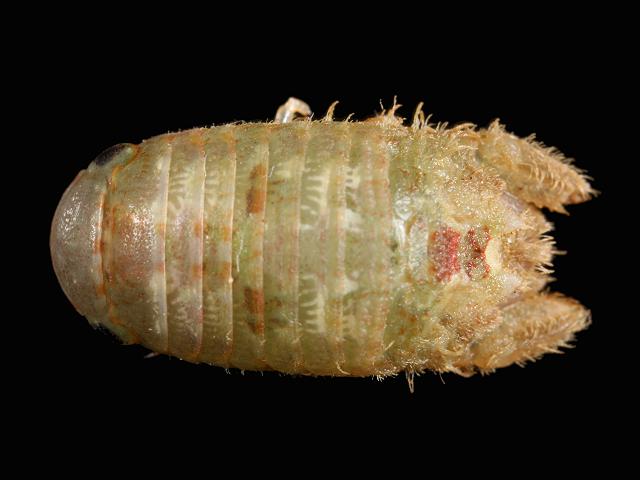
APHOTOMARINE
An educational resource dedicated mainly to the photography
and diversity of marine life that can be found in coastal waters
and intertidal areas of Great Britain and Ireland by David Fenwick.

Cymodoce truncata Leach, 1814 - An isopod (Isopoda images)
Scroll down and rollover titles to change screen image or click on title to view image.
Isopoda
Cymodoce truncata
- male dorsal view 1
Cymodoce truncata
- male dorsal view 1
Isopoda
Cymodoce truncata
- male ventral view 1
Isopoda
Cymodoce truncata
- female dorsal view 1
Isopoda
Cymodoce truncata
- female dorsal view 2
Isopoda
Cymodoce truncata
- female dorsal view 3
Isopoda
Cymodoce truncata
- female ventral view 1
Isopoda
Cymodoce truncata
- female dorsal view 4
Isopoda
Cymodoce truncata
- female lateral view 1
Isopoda
Cymodoce truncata
- male and female 1
Isopoda
Cymodoce truncata
- males and females 1
Isopoda
Cymodoce truncata
- males and females 2
Isopoda
Cymodoce truncata
- males and females 3
Isopoda
Cymodoce truncata
- males and females 4
Isopoda
Cymodoce truncata
- adult male dorsal view 1
Isopoda
Cymodoce truncata
- adult male dorsal view 2
Isopoda
Cymodoce truncata
- adult male dorsal view 3
Images of species taken on lowershore near Battery Rocks, Penzance, Cornwall. 11.10.10. Animal found under a stone on a sponge. Additionally found in crevices at Long Rock, near Penzance, Cornwall. 29.09.11.
Isopoda
Cymodoce truncata
- female dorsal view 5
Specimen above found in a scrape sample taken from a pontoon at Newlyn Marina, Newlyn, Cornwall. 19.12.17.
This species can be quite variable in colour, especially females, and because of their shape they can be confused with other members of the Sphaeromatidae.
Species originally verified by
Dr. David Holdich.

The main objective of this website is in furthering environmental awareness and education through the medium of photography. To increase awareness and access to the wildlife of the region and help
people find and identify it. Sometimes the difference between species is obvious but many species can only be determined by observing microscopic characteristics that are specific to any one species.